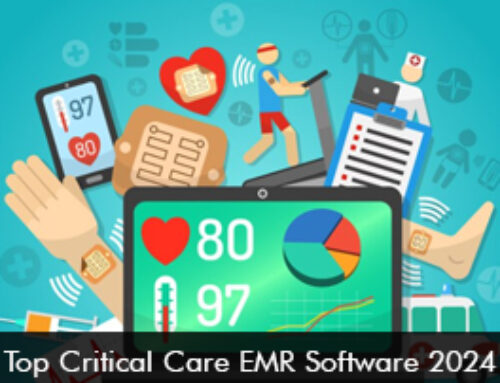With hundreds of EMR Software vendors today, all competing with each other and claiming to be the ultimate EMR system for the medical provider, “the perfect EMR” is a subjective term, to say the least, where some would argue that such an Electronic Medical Records software simply cannot exist. The truth is however that such an EHR system is very much a possibility, but will require sacrifice on the part of the owner or beta users.
Owners and shareholders of EMR Software companies are usually investors looking to increase their share value by selling to anyone that might need an Electronic Health Records solution. Like investors in other industries, shareholders simply do not care for the impact that the EMR software will have on the end-users and ultimately the patients. Thanks to ‘Meaningful Use’, MIPS or MACRA, this has created a paradox between the very nature of a doctor’s profession and the tools they depend on or “required” to use to practice medicine.
What exactly are we left with?
– Hundreds of EMR Software companies all claiming to be the best
– Confused doctors unsure about which EHR Software will actually be the best
– Patients who have yet to realize the benefits or positive impact that this technology is supposed to bring to them
– A merry-go-round of the healthcare industry that lacks empathy
Changing the mindset of Electronic Health Records (EHR) software vendors
For EMR vendors, it shouldn’t just be about whether the EMR software supports Cloud-based access or has an iPad app, but really how long will it take the doctor using the system to complete their documentation and enabling doctors to spend more time with their patients than on their EMR software program. This will be achieved by spending more on usability and customer service rather than on marketing and profitability. Investing in passionate development that is aimed at simplifying problems and overcoming hurdles rather than trying to compete with the market.
Changing the mindset of Physicians
Physicians must learn the difference between an EMR software company run like a typical business and one that works like a passionate team of developers looking to make a change. It’s not really that difficult to spot the differences between Electronic Medical Records systems that were designed to attract customers and those that were designed by passionate software developers looking to bring change with their creativity and understanding of the end-user problems. A passionate team does not need to offer kickbacks to physicians and users for promoting their product, they do not need to advertise in every journal, wear suits when making software presentations and use typical sales language.
Patients must play a vital role in their wellbeing
Patients can and must play the most important role in this transition of healthcare delivery. When noticing a physician spending more time on their EMR software and looking at a computer screen rather than the patients, or required by the doctor to use a Patient Portal even when the nature of the medical problem may require a more personalized communication, patients must express their concerns or dissatisfaction with the physician and other members of the healthcare community at large to bring change to the way regulators control healthcare delivery.
To be continued…







